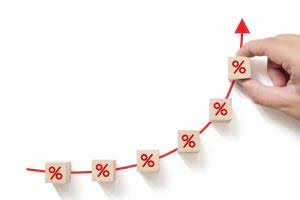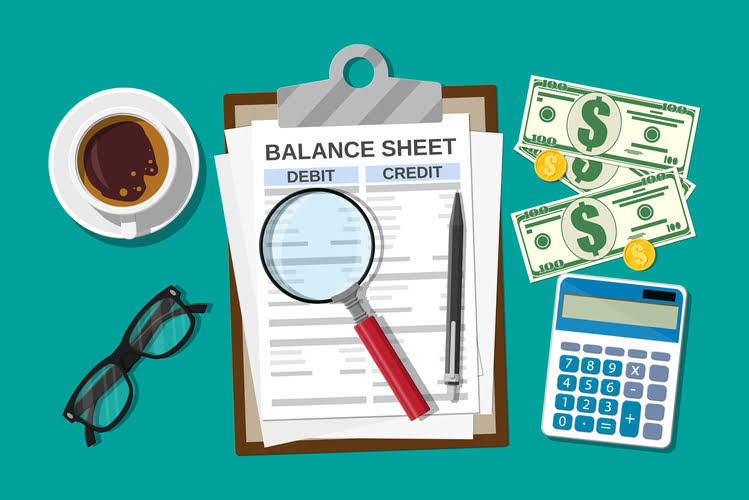
The current ratio helps investors and creditors understand the liquidity of a company and how easily that company will be able to pay off its current liabilities. So a current ratio of 4 would mean that the company has 4 times more current assets than current liabilities. Numerous accounting measures, ratios, and formulas can help determine a company’s solvency, liquidity, and profitability. These metrics can also help have a holistic view of a company’s current assets and liabilities. With both values in hand, one can proceed to calculate the current ratio by dividing the total current assets by the total current liabilities. Current and quick ratios can help evaluate a company’s ability to meet its short-term obligations.
When Analyzing a Company’s Current Ratio, What Factors Should Be Considered?

However, it is essential to note that a trend of increasing current ratios may not always be positive. A company with an increasing current ratio may hoard cash and not invest in future growth opportunities. Therefore, it is crucial to analyze the reasons behind the trend the current ratio equals in the current ratio. You’ll want to consider the current ratio if you’re investing in a company. When a company’s current ratio is relatively low, it’s a sign that the company may not be able to pay off its short-term debt when it comes due, which could hurt its credit ratings or even lead to bankruptcy.
Dependence on Accounting Policies – Limitations of Using the Current Ratio
- There are two primary components of the current ratio, namely, current assets and current liabilities.
- Not just that, there are over 200+ filters on the Stock Screener which can make your stock analysis quick and effective.
- The current ratio compares a company’s current assets to its current liabilities.
- Here, we’ll go over how to calculate the current ratio and how it compares to some other financial ratios.
- Measurements less than 1.0 indicate a company’s potential inability to use current resources to fund short-term obligations.
Therefore, even though its ratio is 1.45x, strictly from the short-term debt repayment perspective, it is best placed as it can immediately pay off its short-term debt. For example, companies in industries that require significant inventory may have a lower quick ratio but still have a good current ratio. If the company is not generating enough revenue to cover its short-term obligations, it may need to dip into its cash reserves, which can lower the current ratio. Lenders and creditors also use the current ratio to assess a company’s creditworthiness. A company with a high current ratio may be viewed as less risky and may have an easier time securing loans and credit.
- So, while the Current Ratio is valuable, you should always dig deeper and assess the composition of the current assets and liabilities before reaching any conclusions.
- In this example, Company A has much more inventory than Company B, which will be harder to turn into cash in the short term.
- Therefore, understanding a company’s seasonality is crucial when evaluating its current ratio.
- Current and quick ratios can help evaluate a company’s ability to meet its short-term obligations.
- Investors can use this type of liquidity ratio to make comparisons with a company’s peers and competitors.
- Meanwhile, an improving current ratio could indicate an opportunity to invest in an undervalued stock amid a turnaround.
Increase Current Assets – Ways a Company Can Improve Its Current Ratio
A higher current ratio is always more favorable than a lower current ratio because it shows the company can more easily make current debt payments. By restructuring debt and short-term liabilities, companies can improve their current ratio. Also, some companies present liabilities, profitability and Food Truck Accounting other ratios in their annual and quarterly reports.


Typically, a 1.0 current ratio is considered to be acceptable as the company has enough current assets to cover its current liabilities. However, if most of that is tied up in inventory, a 1.0 current ratio may not be sufficient. A good current ratio income statement may fall in the 1.5 to 2.0 range, depending on the industry. Having double the current assets necessary to pay current debt obligations should be seen as a good sign. The current ratio (also known as the current asset ratio, the current liquidity ratio, or the working capital ratio) is a financial analysis tool used to determine the short-term liquidity of a business. It takes all of your company’s current assets, compares them to your short-term liabilities, and tells you whether you have enough of the former to pay for the latter.